1926 - 1927 - 1928 - KTUE, Houston and KGHX, Richmond
1926
By the late 1920s Houston was on its way to becoming the largest city in Texas, surpassing San Antonio, and 26th largest in the US in the 1930 Census. A new suburb, River Oaks, was taking shape west of town. Lots in River Oaks Country Club Estates were going for $1950, including property taxes for the year, and there was 'Room for All.' As far as this AM chronology goes these three years were pretty quiet on the Houston radio scene.
In January of 1926, Will Horwitz's WEAY was deleted from the Commerce Department list of stations, and with that, none of the stations authorized in 1922 was still on the air. It had outlasted it's earliest competitors by a year.
The registry of stations issued by the Commerce Department as of June 30, 1926, showed:
KPRC, 1010 kc, 500 watts, Houston Post-Dispatch
KFUL, Galveston, 1160 kc, 50 watts, Thomas Goggan and Brothers Music Co.
KFLX, Galveston, 1250 kc, 10 watts, George Ray Clough
KFVI, Houston, 1250 kc, 10 watts, 56th Cavalry Brigade, Headquarters Troop
KFYJ, 1250 kc, 10 watts Houston Chronicle Publishing Co. (portable)
The next station to be licensed to Houston and the only new station in 1926 was KTUE, which was authorized on August 24, 1926, to William John Uhalt of the Uhalt Electric Co. (TUE). It broadcast from the company’s shop at 614 Fannin with a transmitter atop the Chronicle building. I have found little on KTUE in its first 3 years of existence. In December, 1929, KTUE was to upgrade to 100 watts and move to new studios in the basement of the Texas State Hotel at 720 Fannin. It was known for a while as ‘Greater KTUE’ then used the slogan ‘The Happiness Station.’ In 1930 KTUE was to be sold and change its call letters to KXYZ and it is still on the air today, making it the second oldest Houston radio station still on the air, the third oldest Houston-Galveston area station, and the oldest station always licensed to Houston.
There will be more on William John Uhalt and KTUE in the year 1929 in this chronology.
1927
There were no new authorizations in the Houston-Galveston area in 1927. The Commerce Department report of June 30 reflected only that certain stations had moved or changed their power. KFLX Galveston had moved to 1110 kc and now had 100 watts of power. KFUL Galveston had increased its power to 500 watts at 1160 kc and KFVI had moved to 1260 kc and had increased power to 50 watts. KTUE was on the air at 1410 kc with only 5 watts. The Chronicle portable station had ceased broadcasting.
In 1927 Congress enacted a law requiring stations to use crystal control to stay on frequency. This represented a significant expense and and it would affect the history of Houston radio station KTRH.
1928
According to Richard Shroeder in Texas Signs On, in the winter of 1928 a band from Katy traveled to Parsons, Kansas, home of the Missouri-Kansas-Texas Railroad, the MKT, popularly known as the Katy Line, to participate in a festival. It’s performance there was heard on KPRC and other stations around the state courtesy of the Magnolene Chain, the first radio ‘network’ in Texas. The Magnolene Chain was operated by KFDM, Beaumont, which was owned by the Magnolia Petroleum Company. The call letters KFDM stood for ‘Kall for Dependable Magnolene,’ which was a lubricant made by Magnolia. KFDM ran no commercials other than occasional reminders to the listeners of what the call letters stood for. In addition to KPRC and KFDM the Magnolene Chain consisted of WRR, WFAA, and KRLD, Dallas and WJAD, Waco. For more on KFDM, now known as KLVI, Beaumont, including some history, go here.
In March of 1928, KGHX, Richmond, was authorized. The license was held by the Fort Bend County School Board which apparently served the rural schools in the county. I have found nothing about its operations in the Houston papers but according to the Vernon Daily Record, the station first broadcast at 9 am on Monday, November 11, 1928. The equipment was located in the office of County Superintendent Jesse F. Ward in the old county courthouse in Richmond. Fort Bend was the first district in Texas to get such a permit and each rural school in the district was equipped with a 6 tube receiving set with loud speakers. Ward was quoted as saying there were 'untold possibilities in the use of radio for educational work.'
According to listings in the Radio Digest the station operated on 199.9 meters, 1500 kc, with 50 watts.
In November, 1929, KHGX was one of about 20 stations nationwide which were ordered to suspend operations due to the failure to file a renewal request. The only other station in Texas on this list was KGDR, San Antonio. The Federal Radio Commission was reportedly trying to make a point about operating without a license and the story made newspapers all across the nation. Suspended stations would have to undergo a hearing before the commission to regain authorization. When the station got back on the air is not clear but supposedly it later changed call letters briefly to KTIP and then to KTLC. It was sold to the Houston Broadcasting Co. moved to Houston and operated at 1310 kc as a sister station to KPRC, but it left the air for good in 1932. I have found nothing at all on KTIP but there will be more on KTLC in the section of this chronology on the 1930s.
KFVI was deleted from the Commerce Department list in May, 1928. It’s operator and program director, Ted Hills, was to re-surface in Houston radio several times over the next two decades.
November 11, 1928 was National Frequency Reallocation Day. On that day 600 of the 630 licensed stations on the air in the US moved to new spots on the dial, a massive adjustment that was designed to lessen interference problems. KFLX, Galveston, was moved to 1370 kc (219 meters). KPRC moved to 920 (326 meters) and KTUE moved to 1420 (211.3 meters). The stations would continue to operate on these frequencies until March 19, 1941, when the North American Radio Broadcast Agreement, or NARBA, would result in 90% of the stations on the air in the US changing frequencies again.



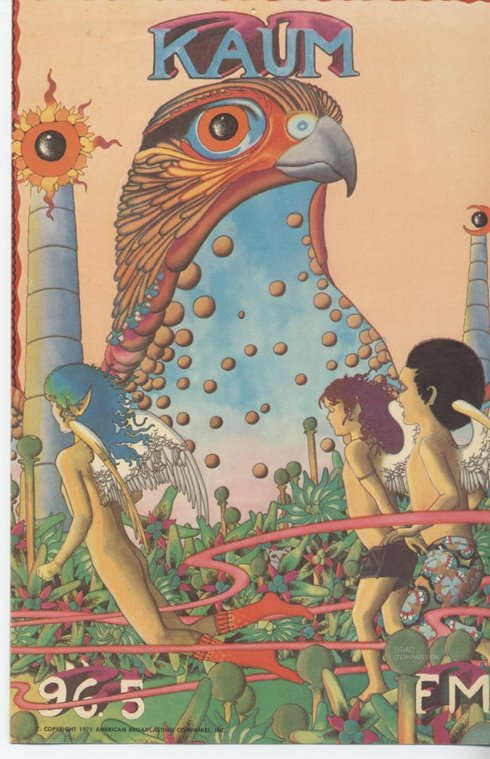
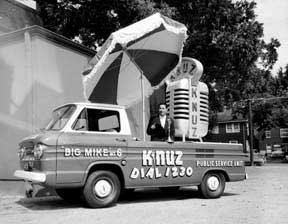


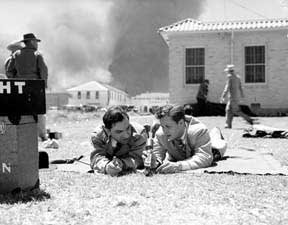
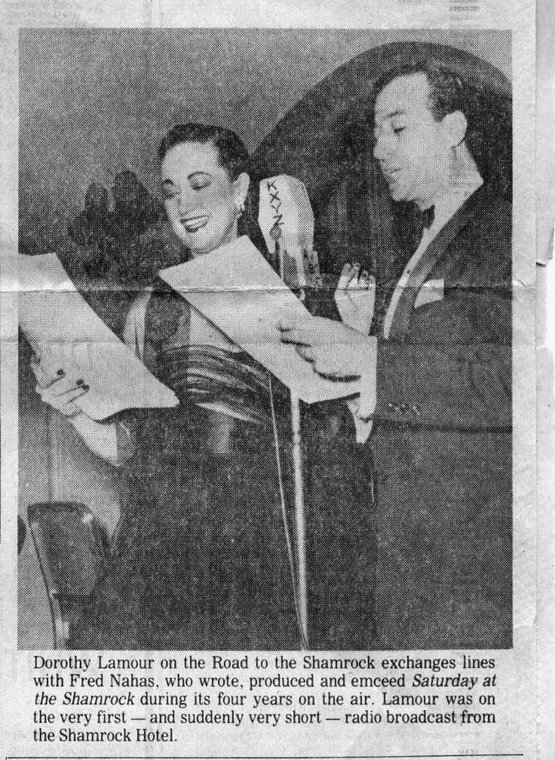
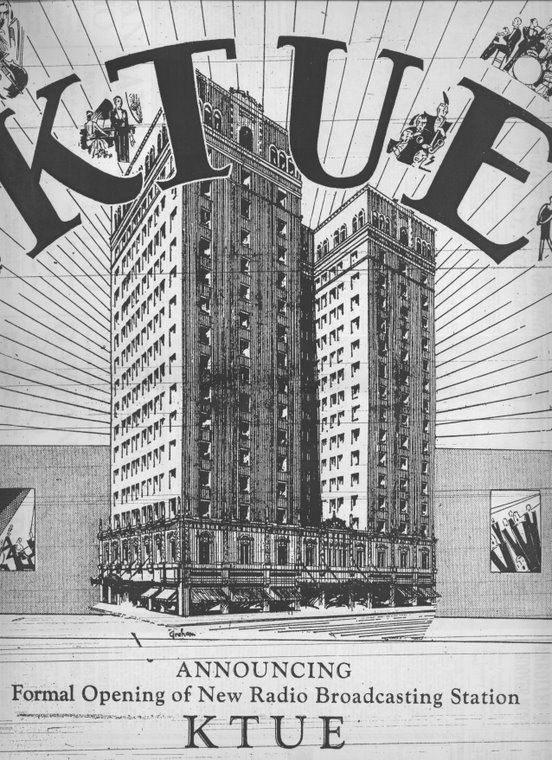
No comments:
Post a Comment